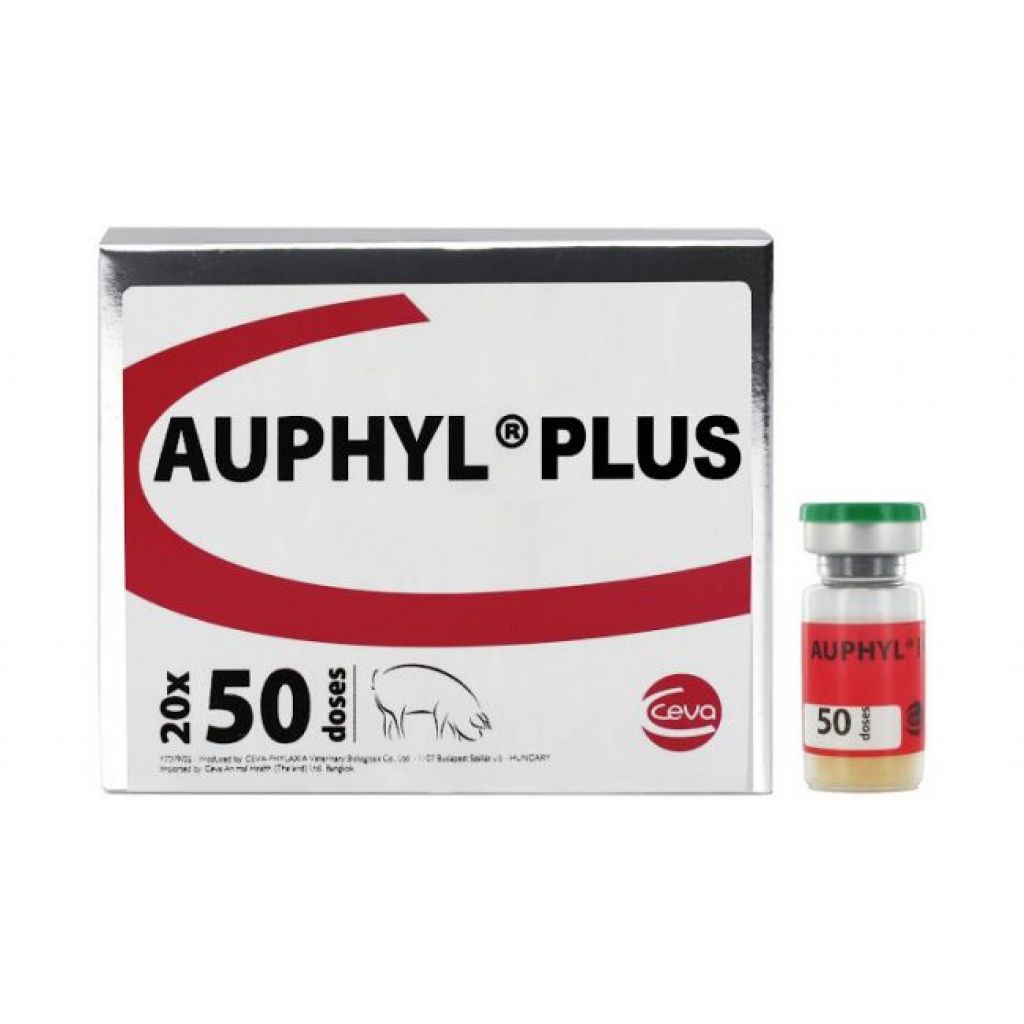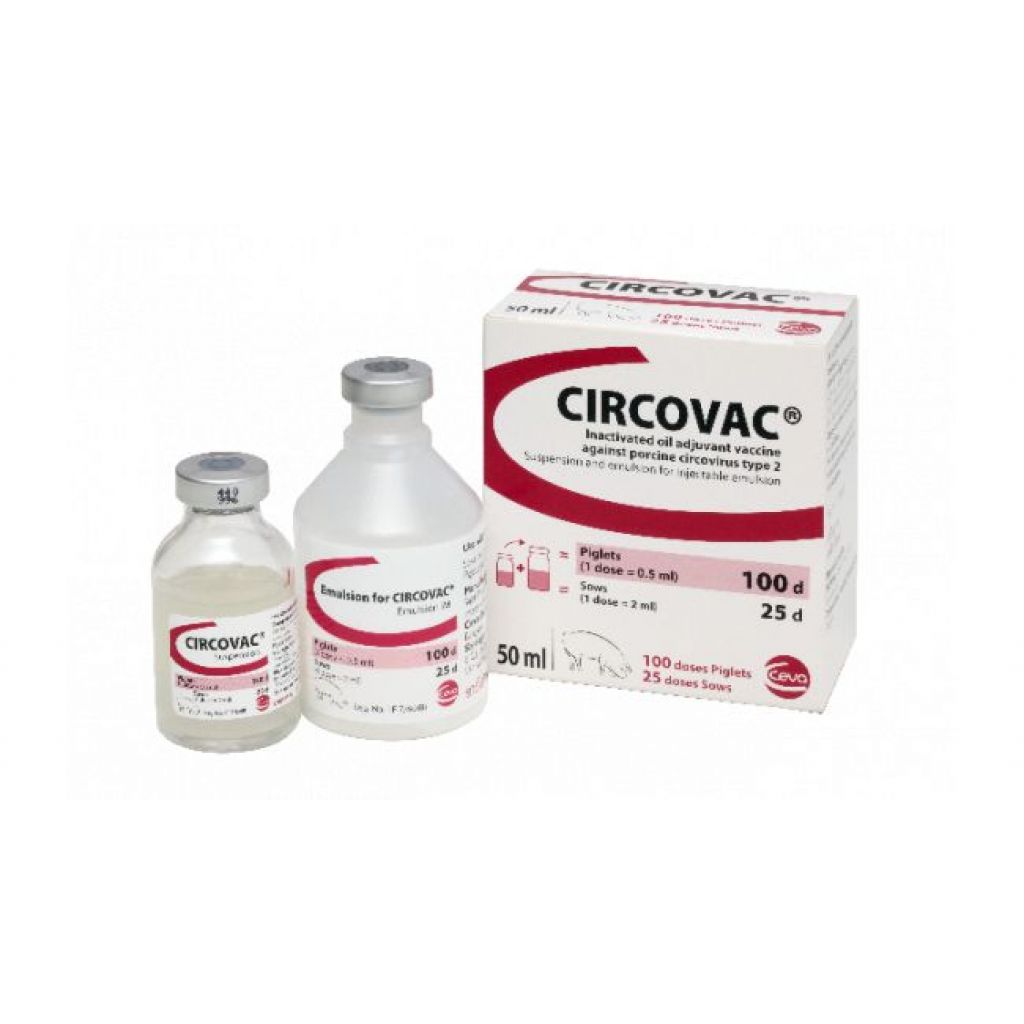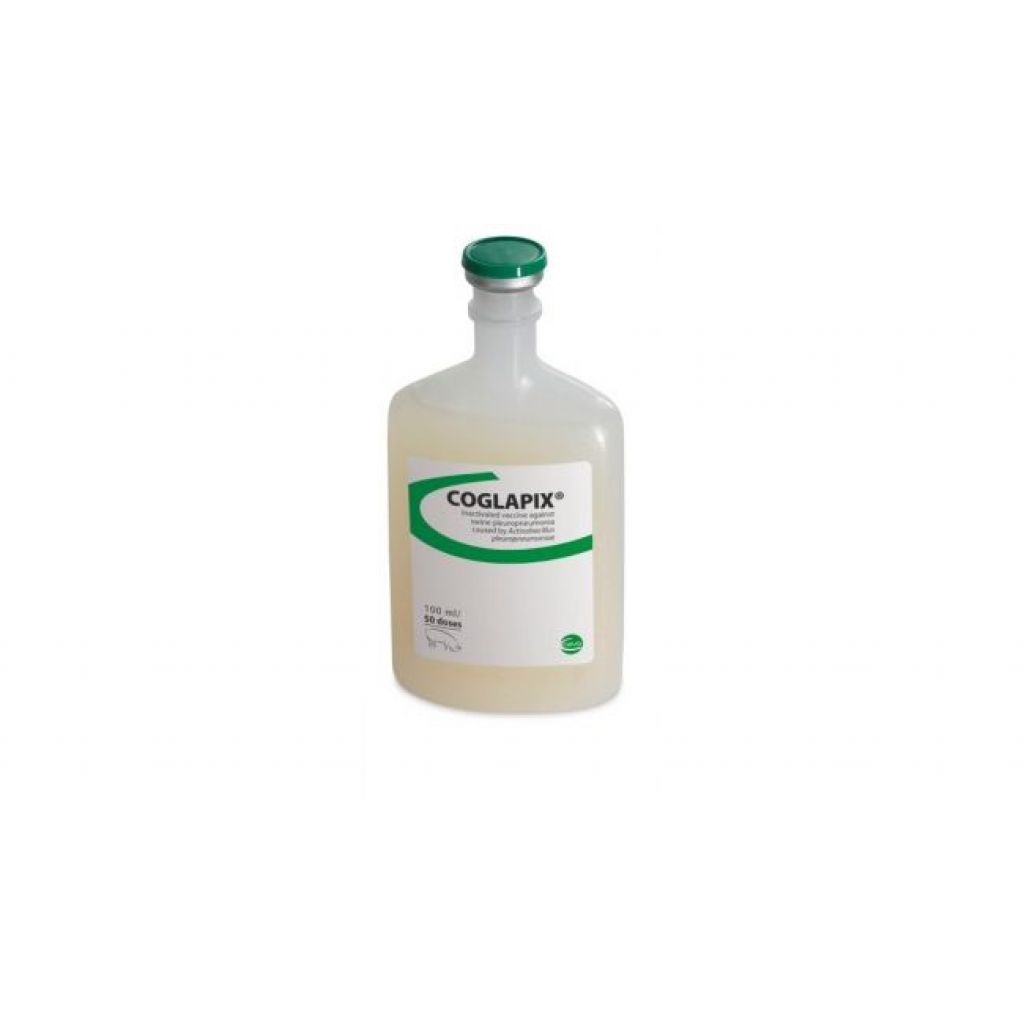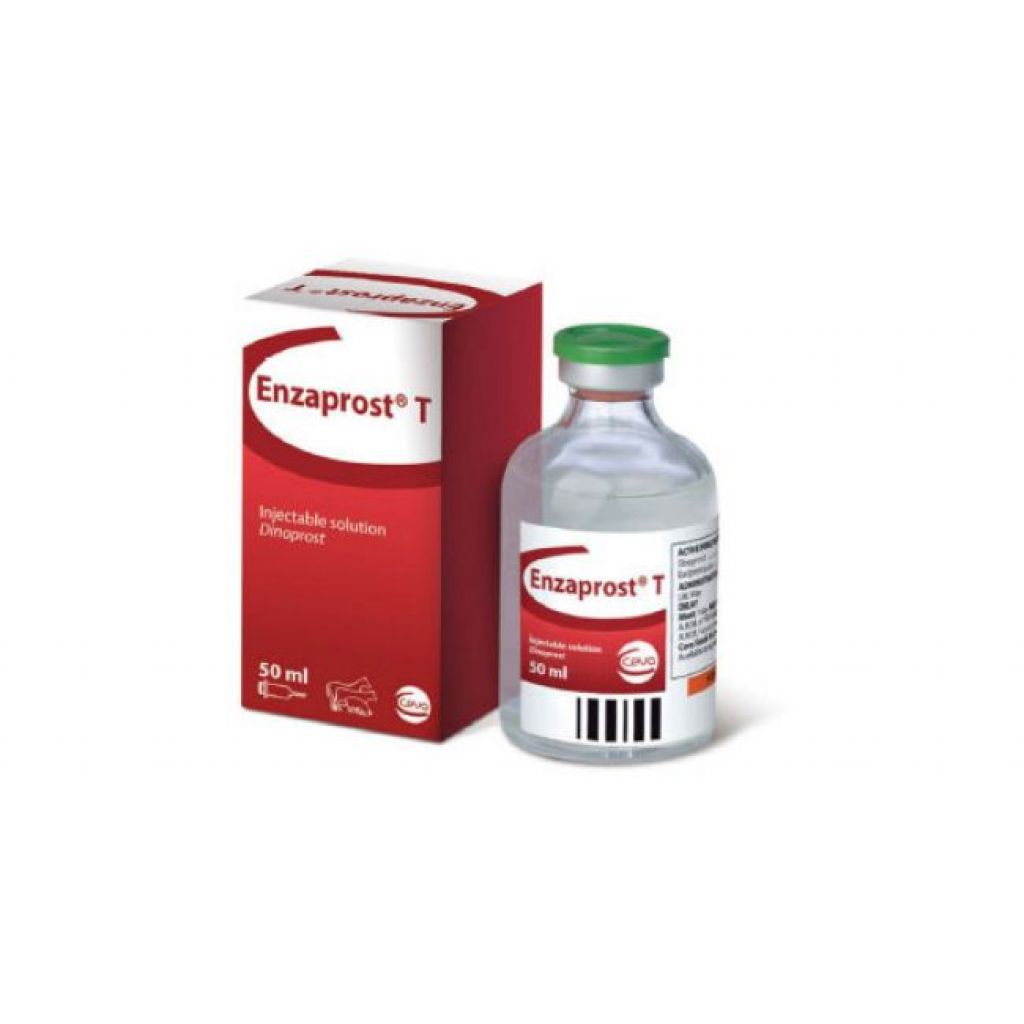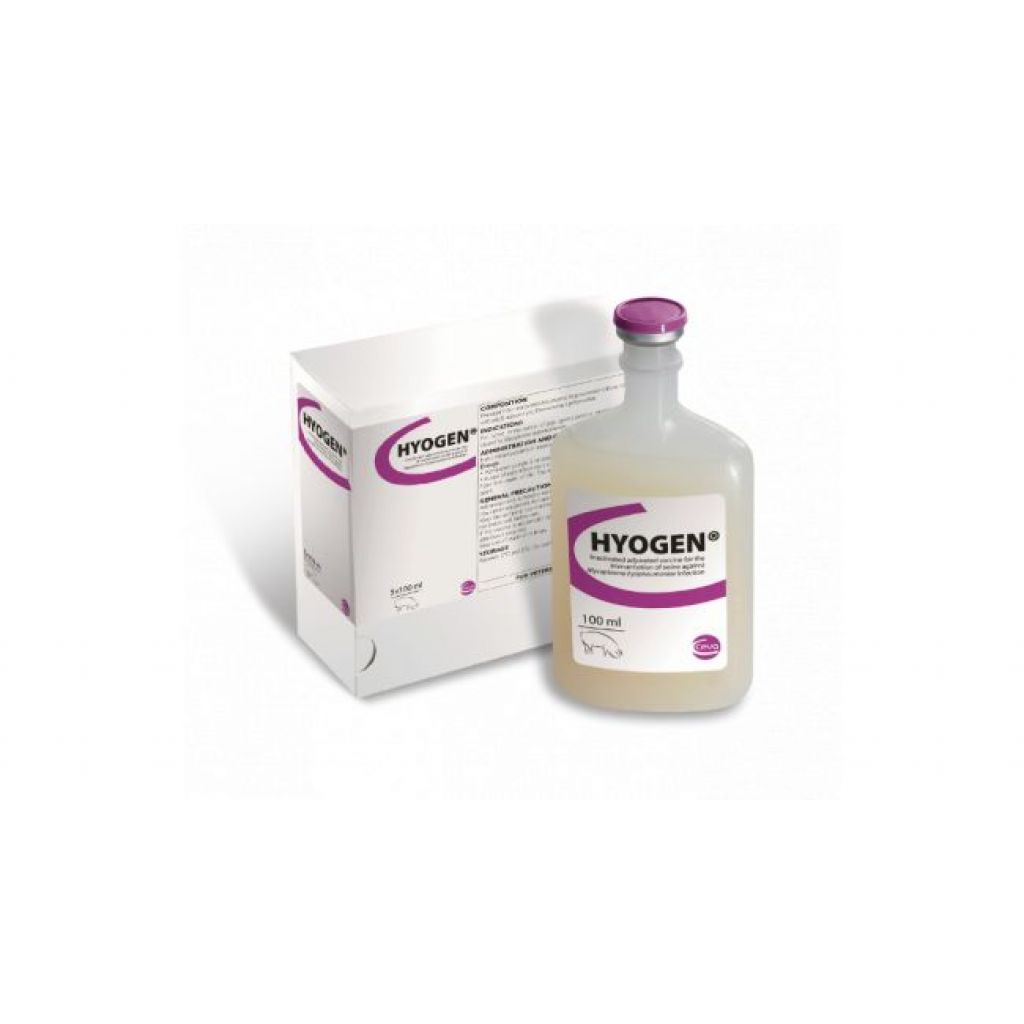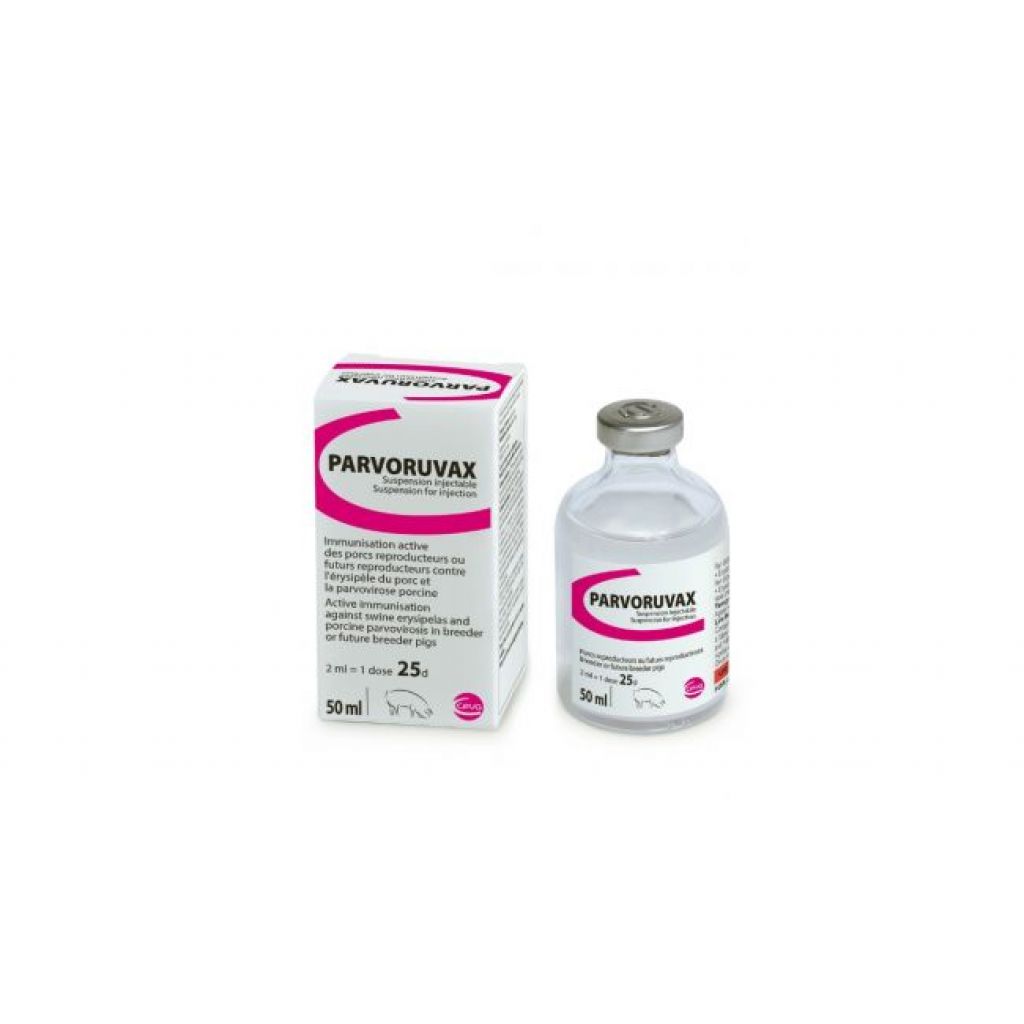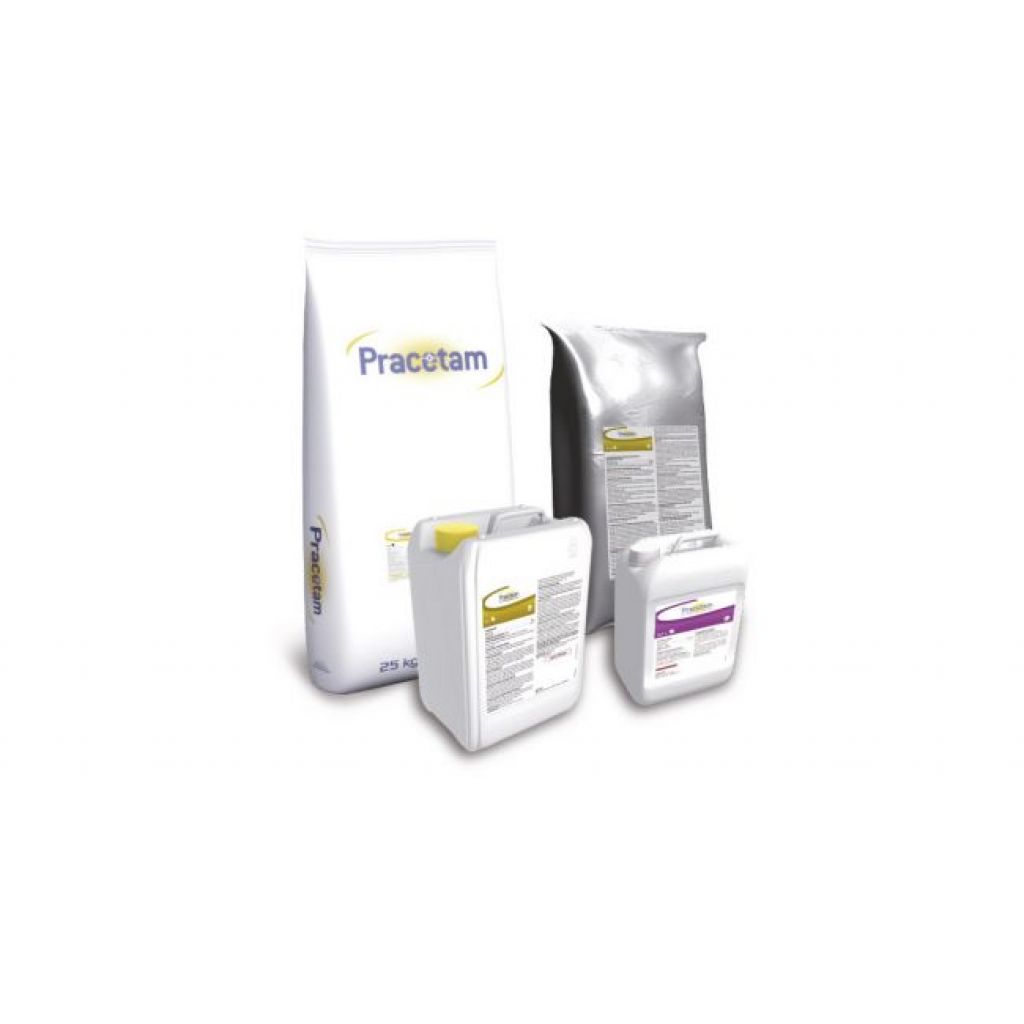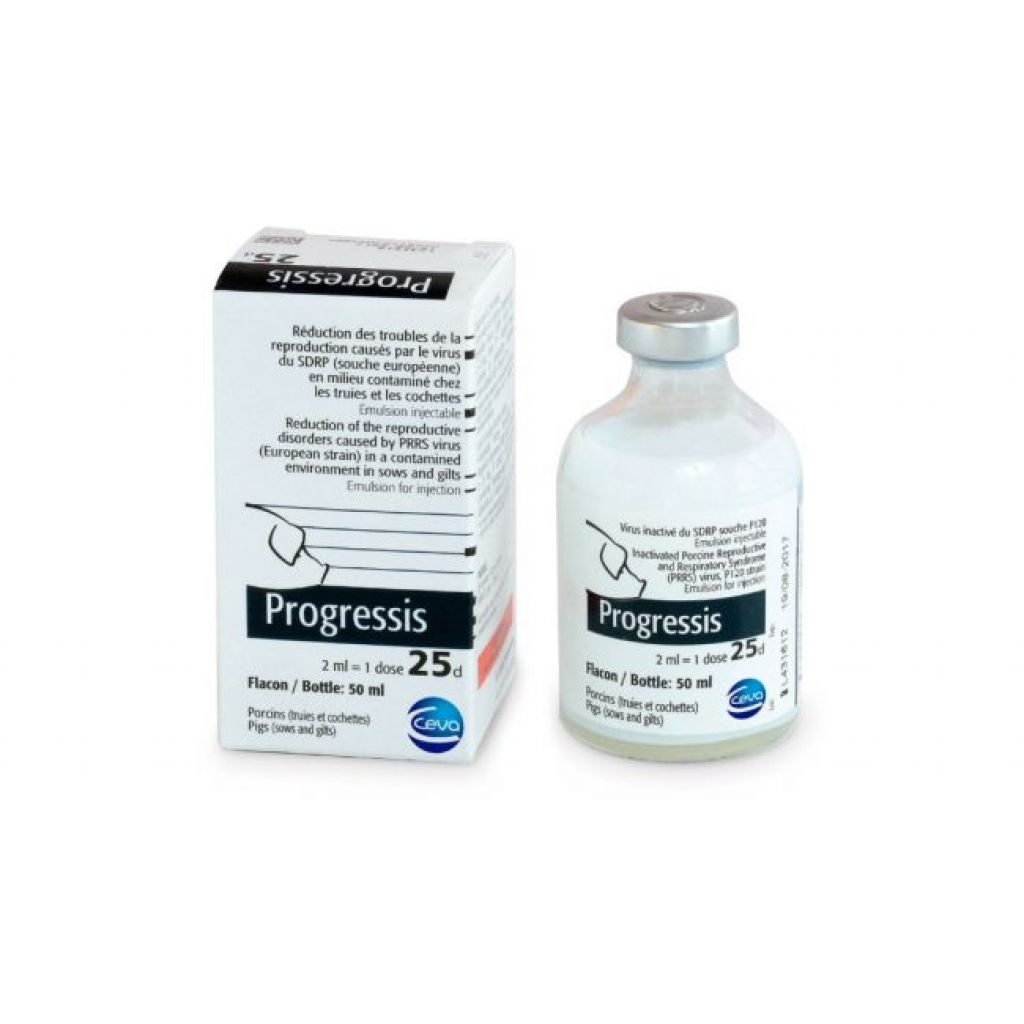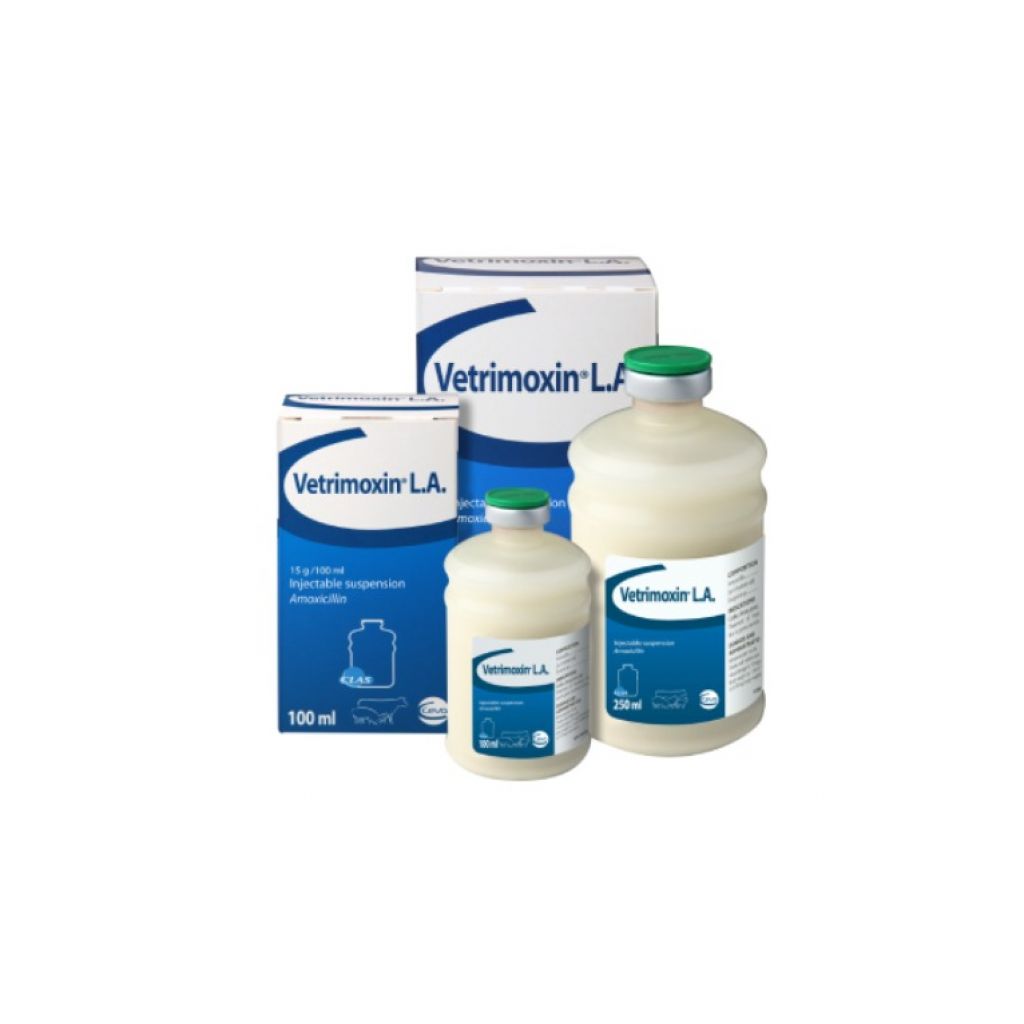Enzootic Pneumonia (2/3): coinfections and impact on performances
If you missed the first article: Read it here.
Coinfections
Mycoplasma hyopneumoniae is a primary pathogen and one of the main ones responsible for the development of PRDC. The pathogen modifies the immune response and facilitates the expression of co-infections. It is described as an inhibitor of macrophage phagocytic activity, which may explain the chronicity of M.hyopneumoniae infections and the greater host susceptibility to other pathogens (Saade et al., 2020).
Co-infections can occur with both viral and bacterial diseases. Regarding viruses, it is important to mention three very important diseases affecting the swine herd globally; Porcine Respiratory and Reproductive Syndrome (PRRS), Swine Influenza Virus (SIV) and Porcine Circovirus (PCV2). M.hyopneumoniae potentiates PRRS induced lung lesions but not inversely. The bacteria facilitates the replication of the virus but PRRS does not increase the nasal excretion of M.hyopneumoniae. Therefore vaccination of pigs against M.hyopneumoniae is a priority if a farm is co-infected with both PRRS and M.hyopneumoniae (Chae, 2016).
In the case of co-infection with SIV, the lung lesions of co-infected pigs are more severe than that of pigs inoculated against M.hyopneumoniae only, even if the SIV strain is only slightly pathogenic (Yazawa, 2004). If co-infection occurs with PCV2, M.hyopneumoniae facilitates the replication in vitro of the virus, which could be up to 350% according to different strains of M.hyopneumoniae (Wang et al., 2016). Opriessnig et al. (2004) indicated that M.hyopneumoniae potentiates the severity of PCV2-associated lung and lymphoid lesions, increases the amount and prolongs the presence of PCV2- antigen, and increases the incidence of Post-weaning Multisystemic Wasting Syndrome in pigs.
In relation to bacterial co-infections, the importance of M.hyopneumoniae is as crucial as with viruses. In pigs simultaneously infected with M.hyopneumoniae and Actinobacillus pleuropnuemoniae (App), clinical signs and lung lesions are severe and correspond to the pathogenicity of the two bacterial strains combined. However, if the pigs are first infected with M.hyopneumoniae and later with App, these will be particularly affected with very severe clinical signs (Marois et al., 2009). Reducing the impact of M.hyopneumoniae through effective vaccination has been shown to also reduce the impact of Pleuropneumoniae caused by App, reflected in both reduced pleurisy and severity of lesions (Velazquez and Gale, 2019), therefore demonstrating the importance of the interaction between the two pathogens.
Finally, in the case of Pasteurella multocida (P.multocida), one of the major receptors on epithelial cells for this pathogen is a sugar (L-fucose). In healthy lungs there is no L-fucose expressed. However, if infection with M.hyopneumoniae occurs on the ciliated epithelium in the lungs, the sugars are modified, meaning that P.multocida has access to L-fucose receptors and therefore results in increased adhesion (Park et al., 2016).
In general, M.hyopneumoniae has a large role in increasing the severity of respiratory disease on farms where other pathogens are also present. Other bacteria such as Bordetella bronchiseptica, Haemophilus parasuis, Trueperella pyogenes, Streptococci or Staphylococci are also commonly found in field outbreaks of EP (Maes et al., 2018).
Impact on performances
M.hyopneumoniae is known to be one of the most prevalent swine pathogens worldwide, causing substantial economic losses within the swine industry (Maes et al., 2018). The economic impact primarily derived from the decreased performance in production parameters, including a reduced average daily gain (ADG), reduced feed conversion ratio (FCR), increased mortality and an increase in use of antibiotics to control EP, as well as other pathogens involved in the PRDC (Maes et al., 2008). Straw et al. (1989) demonstrated that pneumonia due to M.hyopneumoniae caused a decrease in ADG and feed efficiency by 17% and 14% respectively. This is reflected in increased days to slaughter, therefore increasing cost of production.
Calculating the economic impact due to M.hyopneumoniae specifically is difficult to estimate due to the contribution of numerous co-infections (Maes et al., 2018The cost has been shown to be higher if other respiratory pathogens such as PRRS or SIV are also present along with M.hyopneumoniae (Haden et al., 2012). A recent study has demonstrated that the severity of the impact on productive performance, and therefore economic losses, is correlated with the percentage of lung consolidation caused by M.hyopneumoniae, reporting a negative correlation between lung consolidation lesions and ADG, where a 1% increase in lesion area corresponded to a decrease of 1.8g (Ferraz et al., 2020). Therefore, these few studies are similar in the economic impact of M.hyopneumoniae noted, however, it is important to remember that this value will always depend on the extent and severity of lesions.
Click here to discover CEVA products!
Kontakt:
Skontaktuj się z nami za pomocą poniższego formularza.




